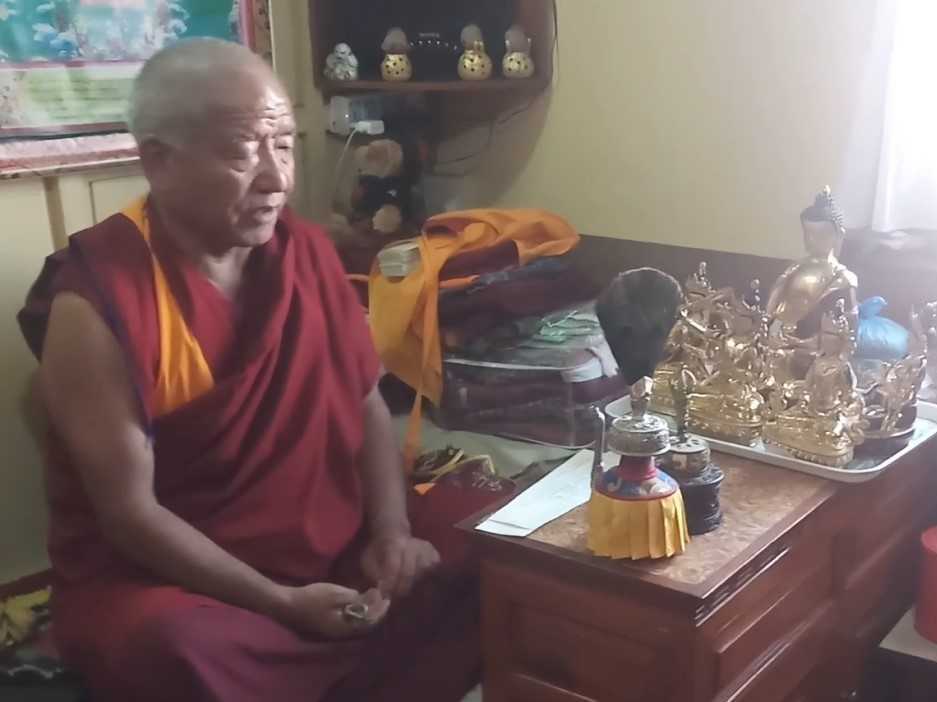Since the Chinese takeover of Tibet in 1959, Tibetan Buddhism has become internally displaced. However, key elements preserving the religion such as the oversight of the 14th Dalai Lama in exile remain firm. Additionally, Nepali statues continue to fortify the teachings of Tibetan Buddhism. This cultural synergy has existed for over 1000 years.
Most certainly, it is the proliferation of Nepali statues that have preserved Tibetan Buddhism in an underappreciated but most effective way.
Indeed, Tibetan Buddhist temples are located throughout Western Christianized countries worldwide. These temples all have traditional Nepali statues on their altars. This is especially true in Europe, Australia, New Zealand and the United States.
Additionally, Nepali statues are found on the home altars of millions of Tibetan Buddhists. As a result, Tibetan Buddhism is now decentralized but its soft power remains well entrenched inside the homes and temples of Tibetan Buddhists worldwide.
The Historical Significance of Nepali Statues
Since the 10th century, Nepal has been the workshop for Tibetan Buddhist monasteries. As a result all “Tibetan” Buddha states and ritual items were sourced in Nepal – not Tibet. From the beginning, the Nepali artisans lost no time perfecting the art of lost wax sculpture.
Additionally, they protected it through their family castes which kept the technology inside of Nepal. As a result, sculpture and ritual items made in Nepal were of the highest quality.
Tibet was a also theocracy that imposed the feudal system on all Tibetans. The theocratic rule of Tibetan Buddhism in Tibet stifled economic innovation. Additionally, the Tibetan economy under the feudal system was agrarian, 95% of the population were serfs who had no education and no economic opportunity. All of the land was owned by a small minority of aristocrats.
Therefore, the labor to create sculpture and ritual items in Tibet was readily available, but the skills and technology were not. This was despite the strong demand for sculptures and ritual items inside the country.
The Superiority of Nepali Craftsmanship
After 1000 years Nepal remains as the workshop of the world creating the best sculptures and ritual items. Additionally, the traditional lost wax sculpting method remains as the world class benchmark.
After the creation of each sculpture, the wax mould is destroyed. As a result, every Nepali statue is an original sculpture. Furthermore, the fine details of Nepali statues surpass the quality of any other statue.
The statue is then gold gilded using the fire gilding method which leaves a 24K pure gold residual finish. Last but not least, the statue’s face is hand painted with real gold giving the sculpture its lifelike qualities. Indeed, handicraft creation is the national heritage of Nepal and no other artisans can produce such high quality sculpture.
All of our statues and ritual items are certified by the Department of Archaeology in Kathmandu before shipping. The certificate of authenticity will be included with your delivery.
When you purchase a traditional Nepali statue from our online store you can rest assured that you have procured a monastic quality statue.


